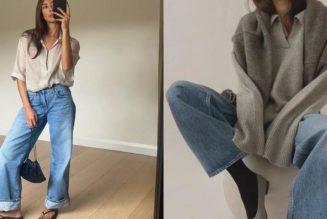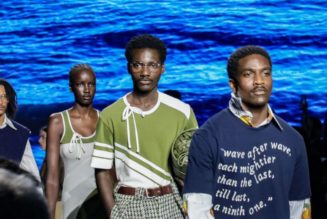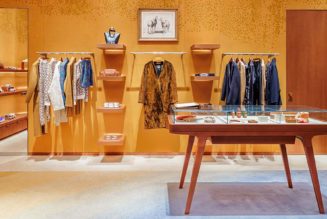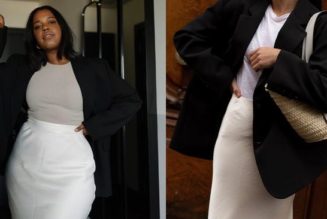
The outsized scale and momentum of today’s largest luxury brands is such that they can now attract CEO-level talents, without having to anoint them with that title.
Among recent and forthcoming appointments that signal the new trend: Gianfranco Gianangeli, who exited as chief executive officer of Maison Margiela last June, recently joined Saint Laurent as chief commercial officer, his LinkedIn profile shows.
Meanwhile, Nicolas Baretzi, who recently stepped down as CEO of Montblanc, is expected to join Christian Dior Couture in a senior management role in early 2024, market sources said. Delphine Arnault is the current chairman and CEO of Christian Dior Couture.
Floriane de Saint Pierre, who runs an eponymous consulting and headhunting firm in Paris, said increasingly “CEOs of smaller brands, up to 1 billion euros, are open to join a C-suite role in a mega brand.
“In my view, it is absolutely a win-win situation on both sides,” she commented.
Other examples include Maria Cristina Lomanto, who last year moved from being CEO of accessories house Roger Vivier to executive vice president, brand general manager at Gucci, a new role.
Another stretches back to 2014, when Valérie Hermann, then CEO of Reed Krakoff, and previously CEO of Yves Saint Laurent, joined Ralph Lauren as president of Ralph Lauren Luxury Collections, then a new post, de Saint Pierre noted.
According to Caroline Pill, a partner and head of global fashion, luxury and beauty at search firm Heidrick & Struggles, CEOs are opting for larger companies with lesser titles “to take a step back to better jump forward” in their careers.
“It’s not about the title, it’s about the experience and learning,” she said, explaining that the scale of today’s most successful luxury brands means that executives who managed smaller houses can now exert an impact on multibillion-euro businesses, and accrue new skills in more complex corporate environments. “It’s definitely a trend right now.”
The stockpiling of high-calibre executives is also integral to succession planning, as large conglomerates like LVMH Moët Hennessy Louis Vuitton and the Estée Lauder Cos. Inc. tend to promote from within if they can, Pill noted.
“We’re in a period of transformation and adaptation, in terms of the scale of brands today,” she said, also highlighting the unique cultures and operating methods within the main luxury groups, which also include Kering and Richemont.
To be sure, senior executives at large brands often rise up to CEO roles.
These include Anthony Ledru, named CEO of Tiffany & Co. in January 2021, shortly after LVMH completed its $15.8 billion acquisition. He was previously executive vice president, global commercial activities, at Louis Vuitton.
De Saint Pierre noted that CEOs already within luxury groups rarely move into a different C-suite role.
Still, there have been many such moves across industries and geographies in recent years.
Prominent examples she mentioned include Angela Ahrendts moving from being CEO at Burberry to senior vice president of retail at Apple, and Paul Deneve becoming a vice president at Apple after being CEO of Saint Laurent.









